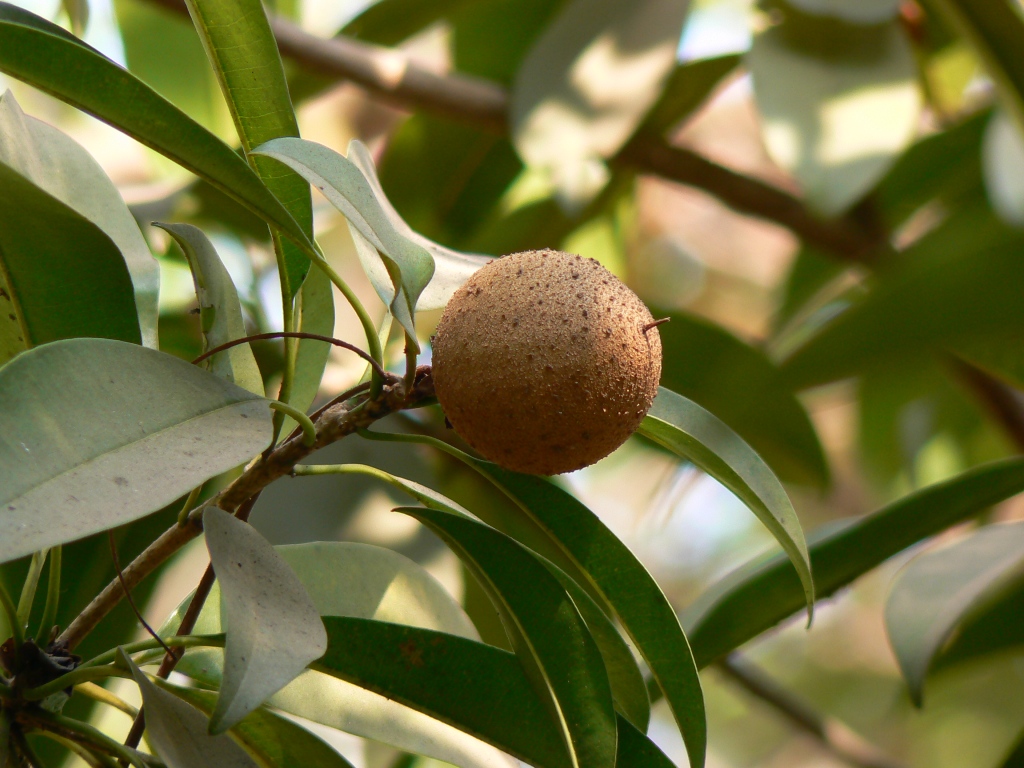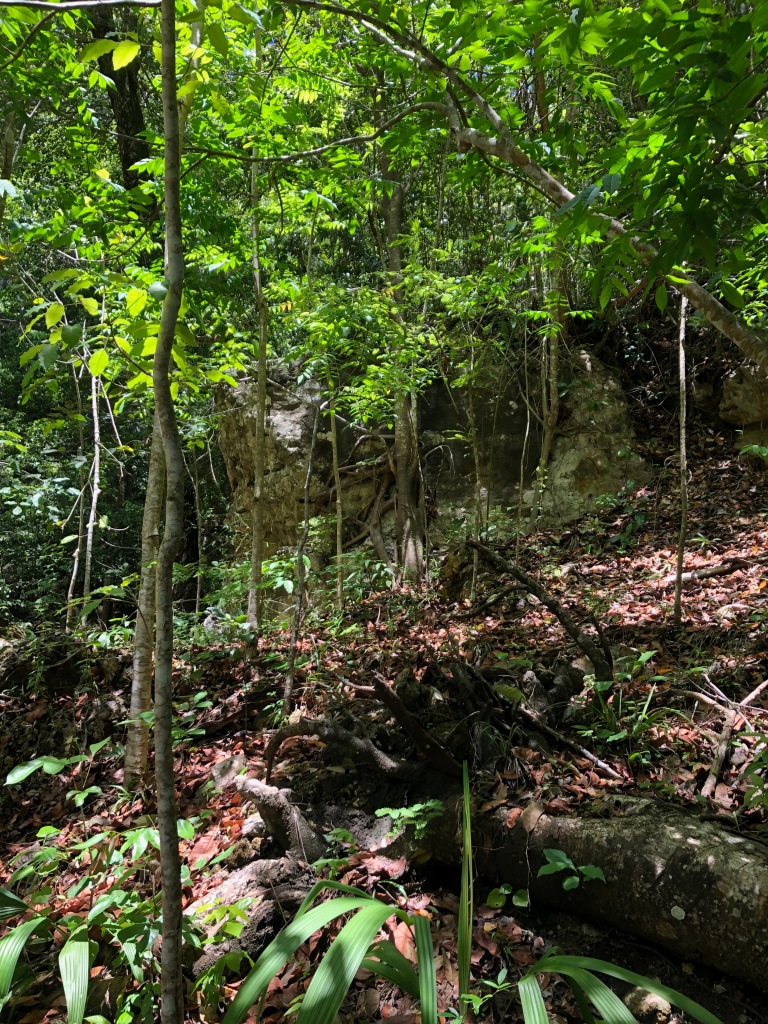Anna Gee, a PhD student at Imperial College London, talks us through ways in which we can help to restore forests through natural recruitment in this standalone piece.
How do we decide what trees to plant for forest restoration?
The approach of many restoration projects is to find what is known as a reference forest, a forest that has not been disturbed much by humans, and see what species are growing there. It’s a good approach because it leads to projects planting local trees, and usually a higher diversity of species. But, the assumption that we can recreate this reference forest just by planting the tree species we find there may be wrong.
Firstly, most of the trees you plant probably won’t survive to adulthood. Across tropical and sub-tropical Asia, research found that nearly half of the trees planted by restoration projects died within 5 years. Putting a lot of time and effort into creating the perfect mix of species for a diverse, functioning ecosystem is great, but it’s only worth doing if enough trees survive to reach this goal.
Secondly, even if some of your trees do survive to adulthood, they may not be able to reproduce. Research in a forest restoration project in Mexico found that 96% of the new tree seedlings that started growing naturally – a process that ecologists call “recruitment” – were not the offspring of the planted trees.
Furthermore, a changing climate may mean that the species that were previously best suited to your site, species that you find in your reference forest, will be much less suited under the future temperature and rainfall patterns.
What does this mean?
This doesn’t mean that restoration work is pointless. Forest restoration is hugely important for climate change mitigation and increasing biodiversity, alongside protection of existing forests and improved land management. Global afforestation and reforestation have the potential to remove 17-31 ppm of atmospheric CO2 by the end of the century.
But, perhaps, don’t think of yourself as creating a forest. Nature is very good at creating complex, resilient forest ecosystems and will probably do a much better job. Where we can really make a difference is creating the best possible conditions for that forest to grow.
How can we create those conditions? It involves identifying the barriers to natural recruitment at your site and helping nature to overcome those barriers. There are lots of ways to do this, and planting trees can be a part of this effort.
Nurse trees
Nurse trees or shrubs are planted to help create the appropriate conditions for other seedlings to grow. In very hot and dry environments they can provide shade. Where there’s a risk that young seedlings are eaten by herbivores, a dense, spiny nurse species can act as protection.
Adult trees on abandoned farmland can also act as nurse trees so check underneath them to see for yourself how effectively nurse trees can boost recruitment.
Fruit trees
The seeds of many tree species are dispersed by animals like birds, bats, or monkeys. Planting native trees with fleshy fruits can help to attract these animals to your site, and they’ll bring seeds along with them.

Nitrogen fixers
In many regions, tree growth is limited because there is not enough nitrogen available in the soil. However, 78% of the air around us is made up of nitrogen, and some bacteria have the amazing ability to covert the nitrogen in the air into a form that plants can use.
These bacteria grow on the roots of certain plant species, like most plants in the Leguminosae (bean) family. You can support these bacteria by planting their host trees (look for native nitrogen-fixing species), which can improve soil fertility and may sometimes (but not always) help other trees grow faster too.
Rapid growers
In many cases, the species that would naturally grow in a forest can’t establish themselves until those shady forest conditions exist. Planting species that grow quickly and shade out competition from grasses can help to speed up the process.

Summary
People often think that once a tree is planted, and perhaps has been looked after for a few years, the job is done. But restoring forests is a long-term game. The carbon that forests suck out of the atmosphere must be trapped in the trees and soil for more than 10,000 years for forests to be a truly effective weapon against climate change.
Tropical trees have an average lifespan of 186 years, so even if the trees you plant do survive to adulthood, far more important is what comes next. What little green shoots are poking up underneath the trees you’ve planted? Will they survive and reproduce? These are the trees that will become the forests of the future.

